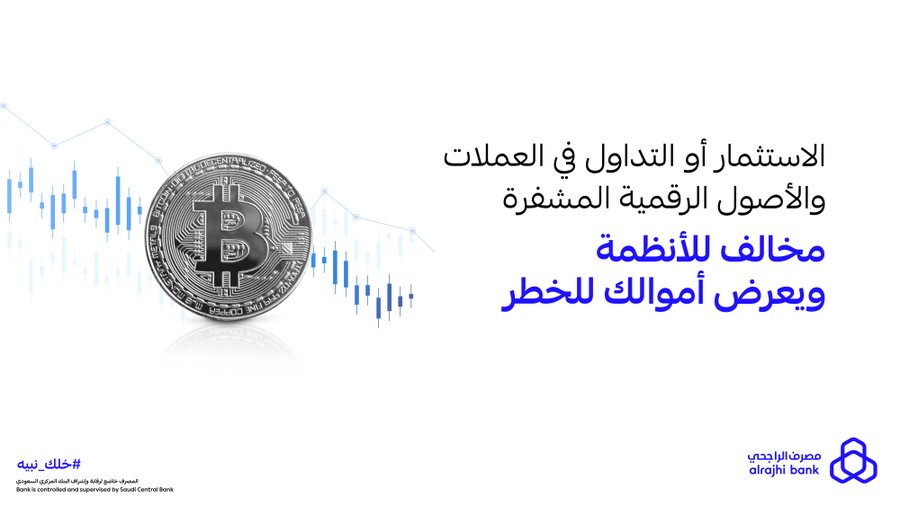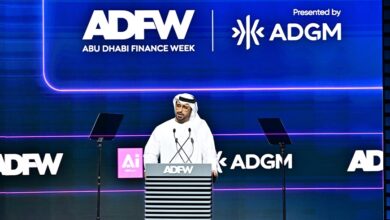Saudi Arabia’s Crypto Pivot: Between Protection, Control, and Strategic Experimentation
A Deliberate Shift in Policy

Saudi Arabia’s crypto pivot didn’t happen overnight.
Back in 2018, when the world rushed into digital assets, Riyadh chose to wait. Many saw this as hesitation, but it was a calculated move to protect citizens and preserve monetary stability.
In a governance system where leadership bears responsibility for public losses, speculation isn’t just risky — it’s political. The early restrictions on crypto trading were not an act of rejection but of protection.
The message was clear: don’t risk your savings and expect the state to rescue you tomorrow.
Controlled Exposure Through Bahrain
Despite the apparent ban, Saudi banks never fully disconnected from the crypto ecosystem. Many transactions flowed through Bahrain, a financial hub with strong cross-border links. Exchange data consistently reflected notable trading volume originating from Saudi users.
This wasn’t an oversight — it was intentional.
By allowing limited, offshore exposure, regulators gained valuable insight into crypto market behavior while keeping domestic risks contained. The approach reflected controlled learning, not contradiction.
A Fintech Powerhouse That Doesn’t Need a Retail CBDC
Today, Saudi Arabia’s fintech infrastructure — from Mada to SADAD and STC Pay — ranks among the most advanced globally. With near-universal digital payment adoption, a retail CBDC adds little value.
Instead, Riyadh’s focus has shifted to wholesale settlement. Through participation in Project mBridge with the BIS, Hong Kong, China, and the UAE, the Kingdom is developing new rails for cross-border transactions.
This phase of Saudi Arabia’s crypto pivot is not about consumer convenience — it’s about strategic monetary independence.
mBridge represents a pathway toward programmable, multi-currency settlements — potentially reducing long-term reliance on traditional SWIFT networks and the U.S. dollar.
Stablecoins Enter the Cabinet Conversation
The turning point came when H.E. Majid Al-Hogail, Minister of Municipalities and Housing, mentioned that stablecoins are under discussion with the Saudi Central Bank (SAMA) and Capital Market Authority (CMA).
His statement carried weight because he’s not part of the financial portfolio. That means the subject has reached the cabinet level, possibly linked to Vision 2030 investment flows and real estate tokenization initiatives.
The message was unmistakable: stablecoins are no longer a taboo topic in Riyadh — they’re becoming part of the digital finance agenda.
Al Rajhi’s Reminder: Pushback or Policy Choreography?
Shortly after the minister’s remarks, Al Rajhi Bank issued a reminder warning against dealing in unlicensed crypto assets.
Many interpreted this as institutional resistance. But in Saudi Arabia’s communications rhythm, such moments often serve a purpose: to balance innovation with reassurance.

By reaffirming the existing stance, banks signal continuity while the government explores change. It’s not necessarily a clash — it’s careful choreography designed to manage market expectations.
From Protectionism to Strategic Experimentation
Saudi Arabia’s crypto pivot reveals a consistent logic.
The Kingdom is not embracing crypto to follow trends but to shape its own version of digital finance — one that aligns with its regulatory philosophy, financial sovereignty, and Vision 2030 objectives. From 2018’s protective caution to 2025’s structured exploration of stablecoins and cross-border settlements, the narrative remains steady: Saudi Arabia moves deliberately, not hastily.
And in the long-term transformation of global finance, deliberate often wins.





